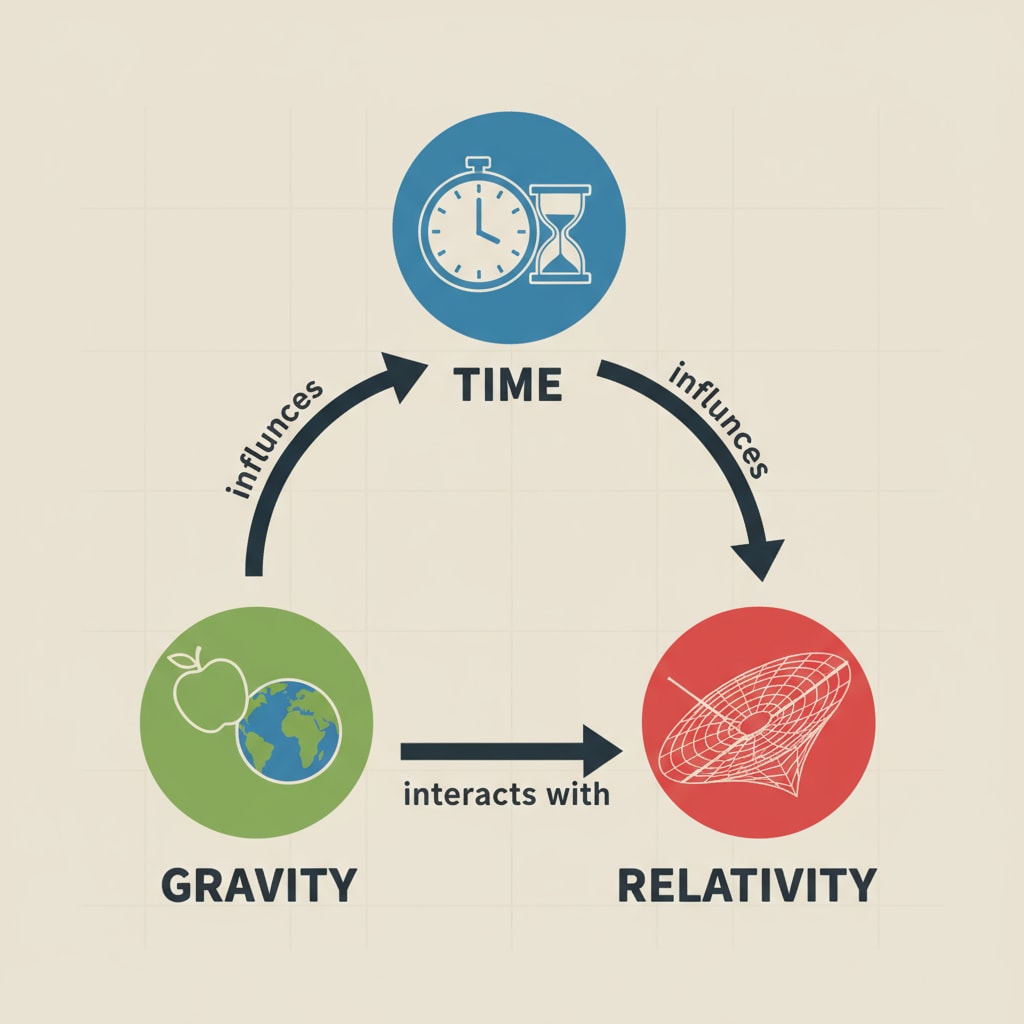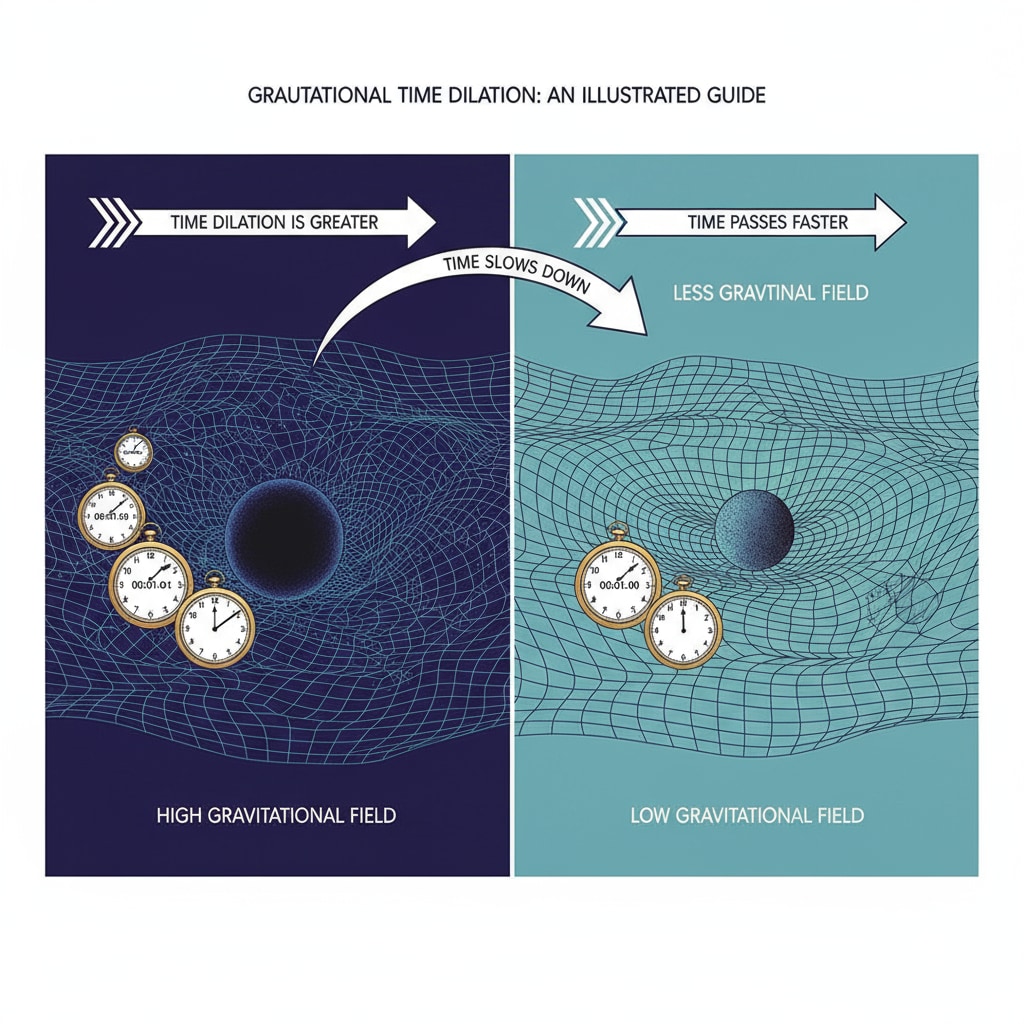Time, gravity, and relativity are fascinating yet complex concepts in the realm of physics. Einstein’s theory of relativity revolutionized our understanding of how these elements interact. In the context of K12 education, making these ideas accessible to students is both a challenge and an opportunity to spark their scientific curiosity.

The Basics of Relativity and Its Significance
Relativity, in essence, is a theory that describes how space and time are intertwined. Einstein’s general theory of relativity specifically delves into the effect of gravity on the fabric of spacetime. For example, gravity isn’t just a force pulling objects down; it actually warps the very structure of space and time. As stated on General Relativity on Wikipedia, this warping has profound implications for how time passes in different gravitational fields.
Gravity’s Impact on Time
The concept that gravity affects the passage of time is one of the most mind-bending aspects of relativity. In stronger gravitational fields, time passes more slowly compared to weaker ones. This phenomenon, known as gravitational time dilation, can be compared to a race. Imagine two runners, one on a high platform (weaker gravity) and one in a deep valley (stronger gravity). The runner in the valley will experience time at a different rate. Gravitational Time Dilation on Britannica provides more in-depth information on this topic.

To make this understandable for K12 students, we can use everyday examples. For instance, think of a clock at the top of a tall building and another at the bottom. Due to the slightly stronger gravity at the bottom, the clock there will run a tiny bit slower over time. This shows how gravity and time are interconnected.
When teaching these concepts in K12, a tiered approach can be effective. For younger students, start with simple analogies like the clock example. As students progress, introduce more detailed explanations and experiments to solidify their understanding. This way, we can gradually introduce the wonders of time, gravity, and relativity to the next generation of scientists.
Readability guidance: We’ve used short paragraphs to present clear ideas. Lists could be used to summarize key points further. The passive voice has been minimized, and transition words like ‘for example’ and ‘in essence’ have been used to enhance flow.


